Melanoma is the most dangerous form of skin cancer, and it’s far more deceptive than many people realize. Most of us are taught to watch for obvious signs, like a mole changing shape, growing in size, or turning darker. But melanoma can start with subtle symptoms that are easy to ignore. That’s exactly what makes it so dangerous. While the average person might not notice these changes or may dismiss them as minor skin issues, recognizing early signs could literally save your life. According to experts, if melanoma is detected early, the five-year survival rate is around 99%. However, once it spreads to other parts of the body, that number drops dramatically. Early detection is not just helpful — it’s critical.
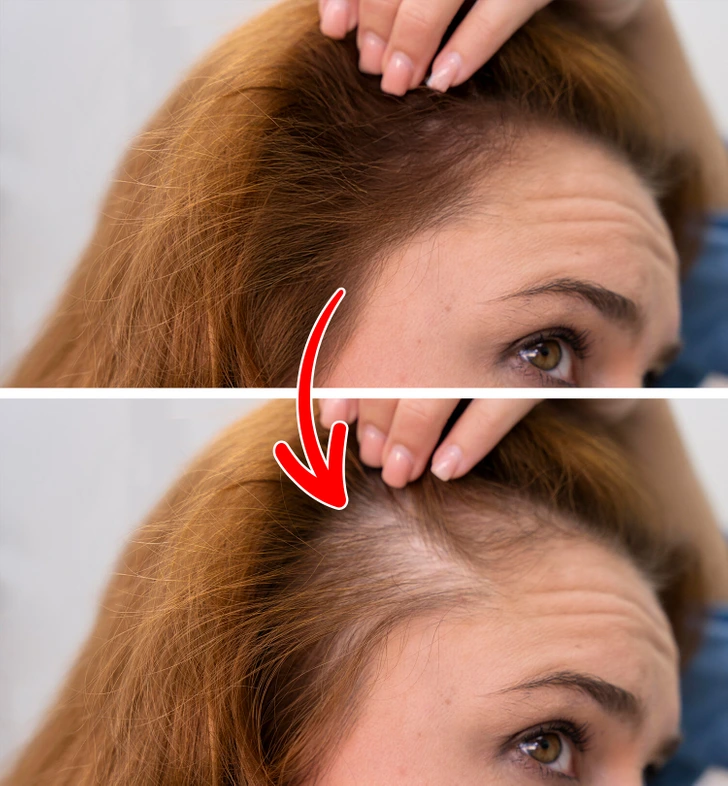
One unexpected sign of melanoma is hair loss on the scalp. While hair loss is typically linked to stress, aging, or genetics, it can sometimes signal something more serious. In rare cases, melanoma that forms on the scalp may damage the underlying hair follicles as the tumor grows. This damage can lead to localized bald patches, where hair stops growing altogether. In some instances, melanoma may cause inflammation that results in scarring alopecia — a permanent form of hair loss due to irreversible damage to the skin. If you notice unusual patches of hair loss that don’t follow a typical pattern or seem to worsen over time, it’s worth getting a professional opinion.
Another subtle clue can be the loss of eyebrow or eyelash hair. While it’s common to experience some thinning with age, a small area missing hair—especially if it appears suddenly—can be a red flag. Researchers have found that melanoma can sometimes begin deep within the hair follicle. As the cancer develops, it destroys the follicle from within, leading to unexpected hair loss. This might occur in a very specific area, like the outer part of your eyebrow or a small section of your lash line. Most people would never guess this could be a sign of cancer, but it’s something dermatologists are trained to look for. It’s a subtle change, but it could be an early warning.
Melanoma doesn’t just form in places you expect — it can also show up on areas that rarely see the sun, such as the soles of your feet or the palms of your hands. This is especially true in people with darker skin tones, where melanoma is more likely to appear in less exposed areas. Because there’s a common misconception that skin cancer only affects sun-exposed skin, these lesions are often diagnosed later, sometimes after the cancer has become more serious. Lesions in these areas may look like calluses or warts and may not seem alarming at first. But if you notice a persistent or unusual spot that doesn’t go away, especially if it becomes raised, discolored, or starts to bleed, it should be checked by a healthcare professional. Waiting too long to investigate can give the cancer time to grow or spread.

Changes in skin texture are another warning sign that people often overlook. While many assume that melanoma always starts in a pre-existing mole, the reality is that it most often begins as a new spot on the skin. These new spots may look like scaly patches, raised bumps, or open sores. They might feel dry or rough and may even bleed occasionally. Unlike moles, which tend to have a familiar look and texture, melanoma spots often seem out of place. They can evolve over time, becoming more pronounced, itchy, or irritated. The key is to pay attention to any changes on your skin that don’t feel normal — especially new growths that don’t match the rest of your skin.
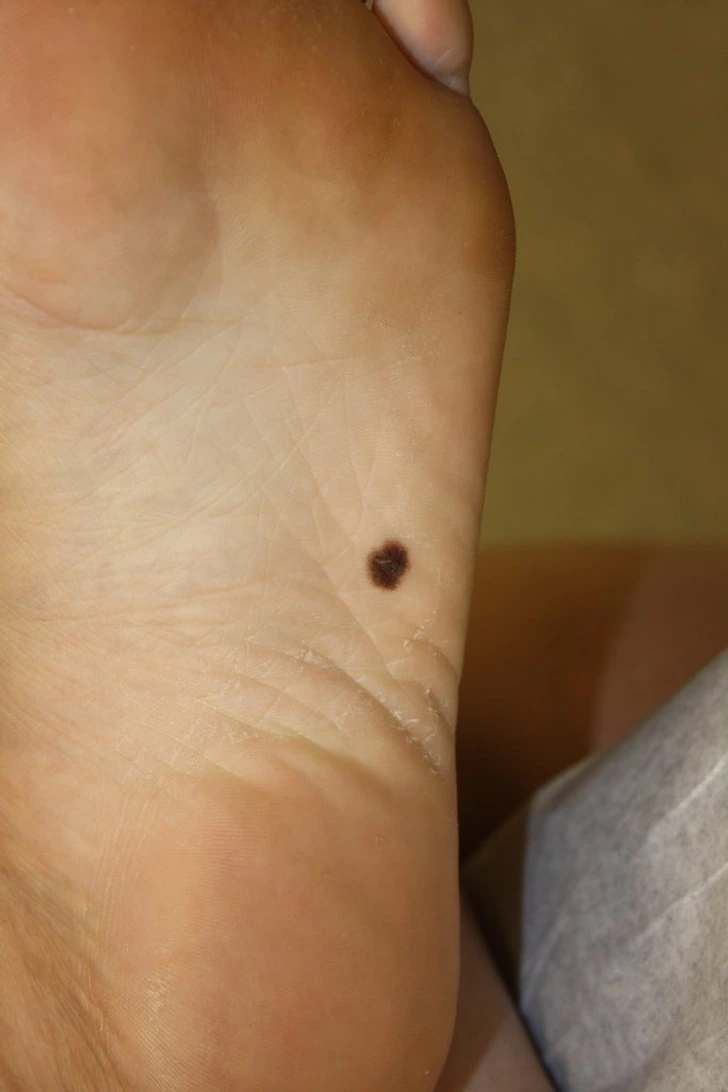
Another surprising place melanoma can hide is beneath your fingernails or toenails. A dark streak, irregular spot, or pigment under the nail could be a sign of subungual melanoma, a rare but serious type of skin cancer. It often resembles a bruise and can easily be mistaken for one. Unlike typical bruises, though, these marks don’t fade over time. They’re also not associated with any known injury. This type of melanoma doesn’t usually cause pain, which makes it even easier to ignore. That’s why it’s important not to dismiss discoloration under the nails — especially if it’s dark, doesn’t grow out with the nail, or appears suddenly without explanation.
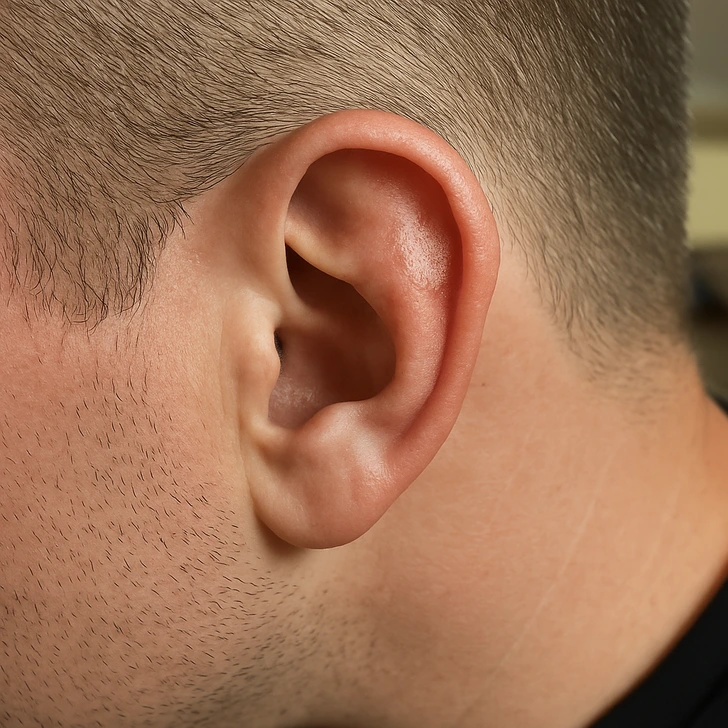
Slow-healing injuries are yet another subtle sign that something might be wrong. You might notice a sore or wound that just doesn’t seem to go away. It might look like a crusted bump, a scab, or a small ulcer. It may bleed a little, dry out, then come back again. Often, these spots are mistaken for minor scrapes, bug bites, or skin irritation. But if a lesion refuses to heal over several weeks — or worsens — it could indicate that cancer cells are interfering with your body’s normal repair process. Persistent sores that change shape, color, or size, or that continue to itch or bleed, are always worth having examined by a medical professional.
In addition to these skin-related signs, your body can send other subtle messages that something is wrong. For example, monitoring the color of your urine can sometimes offer clues about your overall health, including early signs of cancer. While it’s not specific to melanoma, consistently dark urine, especially if you’re well-hydrated, may indicate a buildup of toxins or problems in your organs that warrant attention.
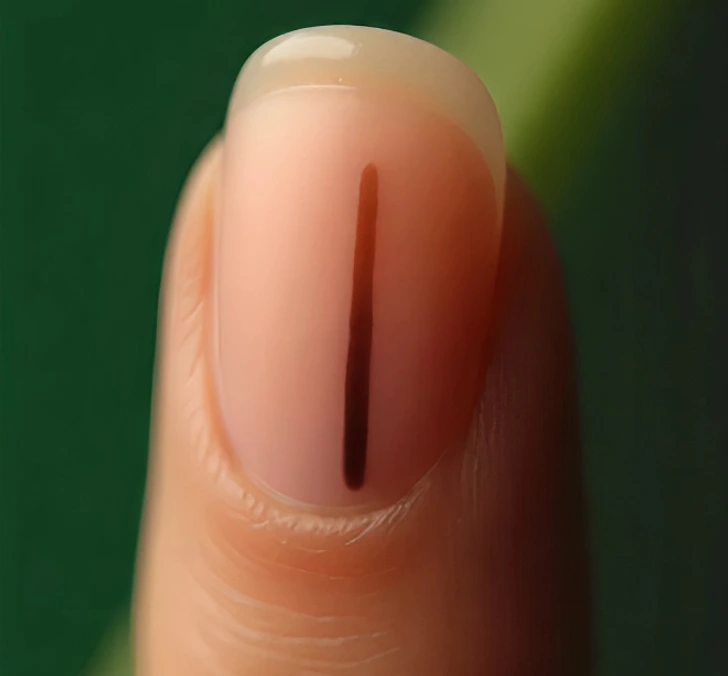
Ultimately, the biggest takeaway is that melanoma doesn’t always present itself in obvious ways. Sometimes it whispers instead of shouting. It might show up as a patch of missing hair, a streak under your nail, or a wound that won’t heal. That’s why it’s so important to be proactive about your skin health. Regular self-checks, dermatologist visits, and a willingness to investigate anything that seems “off” can make all the difference. When in doubt, trust your instincts and get it checked — it’s better to be cautious than to regret waiting too long.
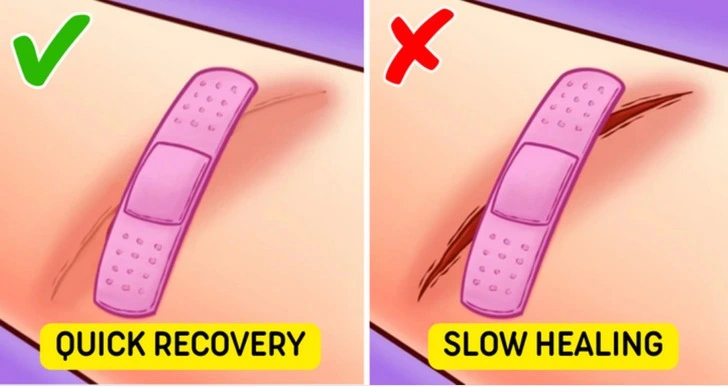
This content is for informational purposes only and is not a substitute for professional medical advice. If you notice any of the signs mentioned above or have concerns about your skin health, speak to a licensed healthcare provider right away.





